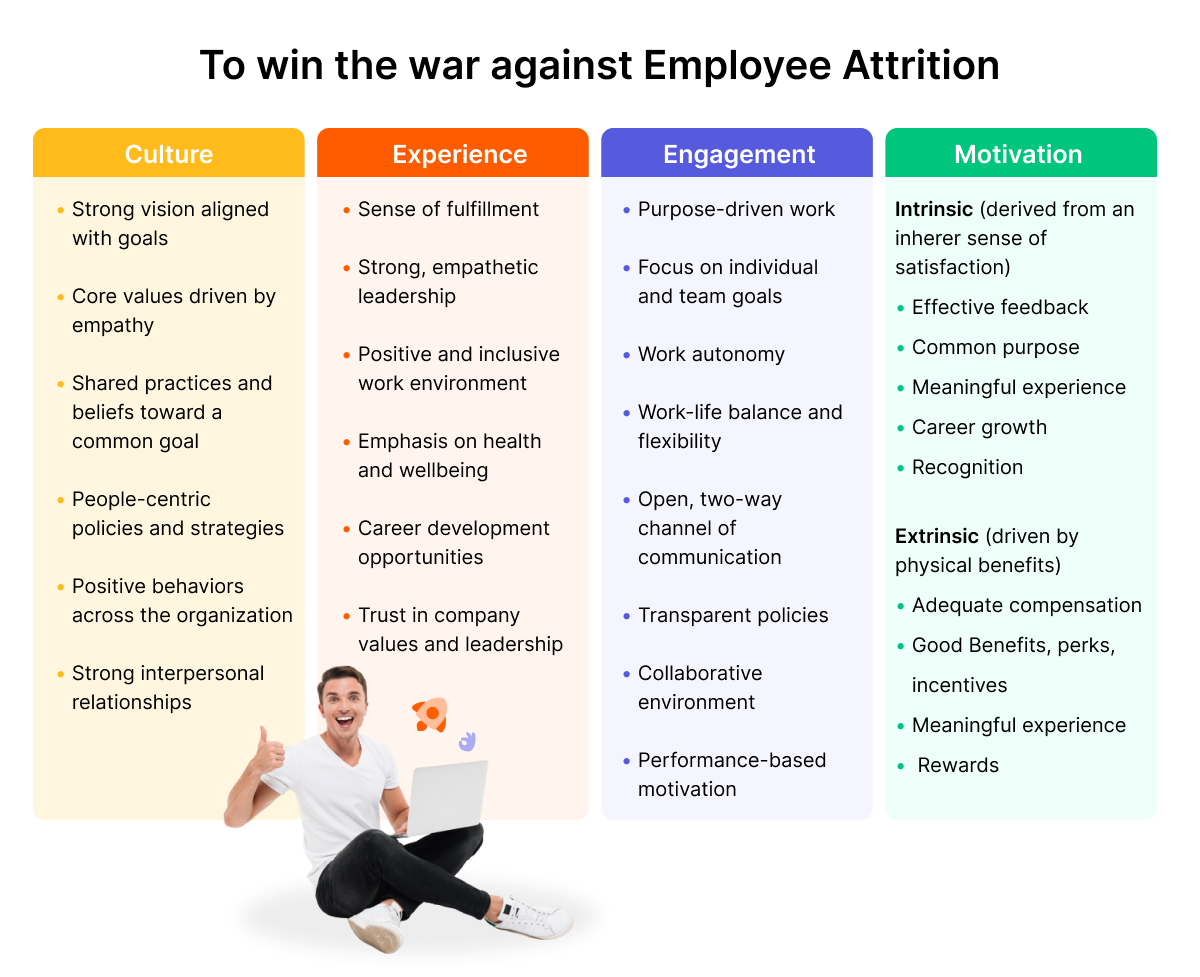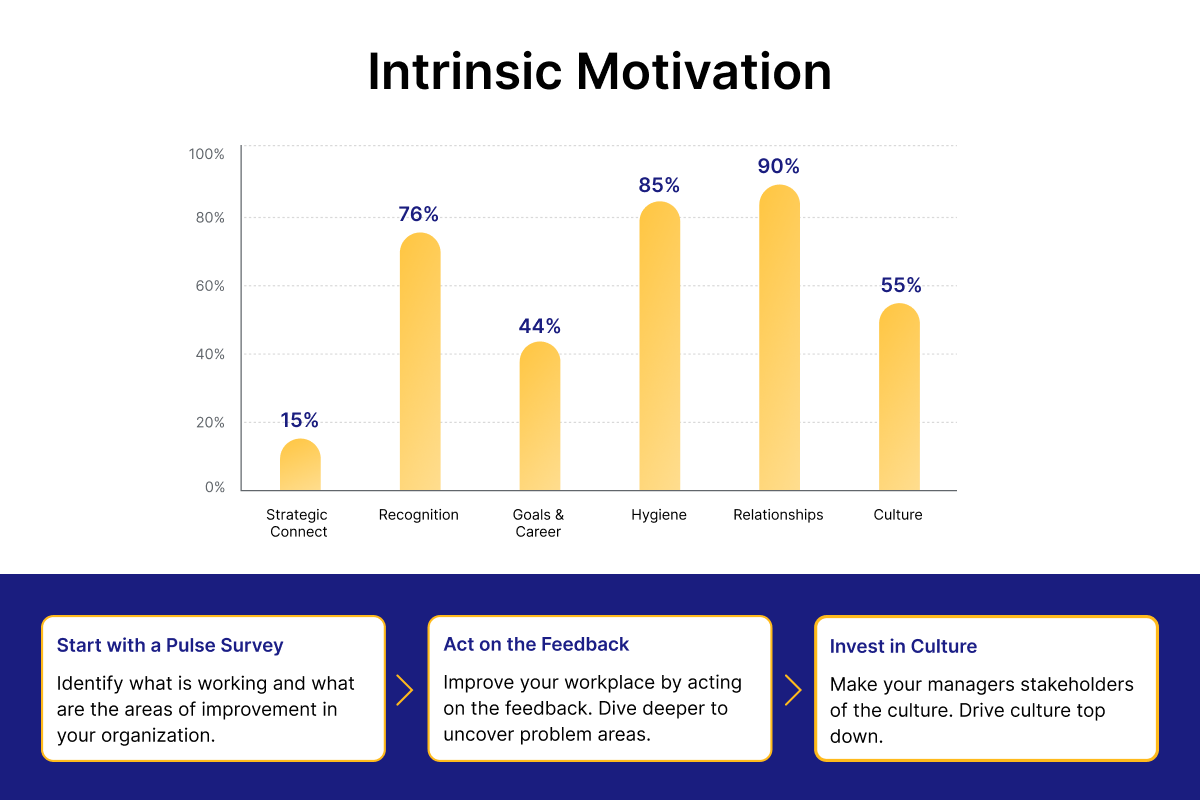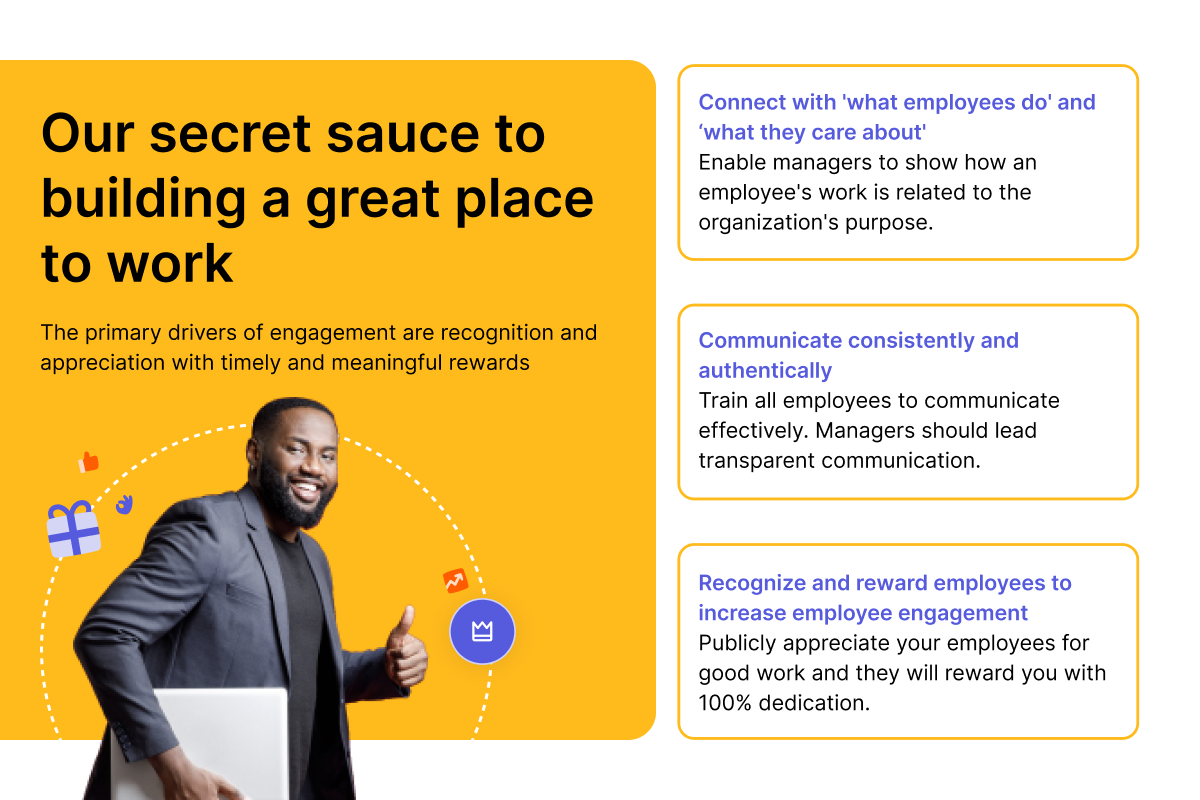En esta página
Desde que Covid cambió la dinámica económica mundial, la sorprendente cifra de 47,4 millones de empleados han abandonado sus puestos de trabajo en un movimiento "antitrabajo" que ha dejado a las organizaciones luchando por tapar los huecos. En esta guerra de talentos que se libra en el escenario empresarial mundial, el informe Global Talent Monitor de Gartner y el informe Great Attrition de Mc Kinsey sugieren que
Animada por la libertad postcovida del trabajo a distancia, los equipos a la carta y las mayores oportunidades del mercado, la nueva mano de obra experta en tecnología está abandonando la antigua cultura del "vivir para trabajar", encarnada por el espíritu de sacrificio, en favor de un enfoque del trabajo con visión de futuro.
Nuevas perspectivas para la mano de obra
Años de condicionamiento obligaron a la gente a acceder a empleos sin futuro, con escasa remuneración, poco crecimiento profesional y modalidades de trabajo inflexibles. Todo cambió cuando la pandemia puso de relieve el valor del capital humano como inversión empresarial.
En la actualidad se está produciendo un cambio de paradigma en la forma en que los empleados viven, trabajan y ganan dinero. Una nueva generación de empleados "empoderados" está a la vanguardia del movimiento de la "Gran Dimisión", alimentando activamente el auge de la economía "gig" (trabajo temporal) en la que:
Los empresarios que promueven la vieja cultura del ajetreo se enfrentan a la desvinculación activa, que se traduce en elevadas tasas de abandono, o a la desvinculación pasiva en forma de abandono silencioso (hacer lo mínimo en el trabajo) y pluriempleo (trabajar en más de un empleo).
La seguridad en el empleo ha dejado de ser la prioridad número uno para la nueva generación de demandantes de empleo. Confían en sus capacidades, están seguros de que hay muchas oportunidades en el mercado y decididos a reescribir las reglas del juego a su favor.

¿Por qué la experiencia del empleado es vital para el compromiso?
La antigua cultura capitalista del trabajo se basaba en aumentar la productividad sin dar prioridad a las necesidades de los empleados, como la seguridad psicológica, la autonomía y flexibilidad en el trabajo, el equilibrio entre trabajo y vida privada, el aprecio significativo y la gratitud. La pandemia puso de manifiesto la depresión, el agotamiento y la falta de compromiso que provocaba la vieja cultura del ajetreo, y los empleados de todo el mundo la tomaron como un grito de guerra para cambiar sus condiciones de trabajo.

Después de un período agotador, en el que se produjo una escasez generalizada de trabajadores, ya que los empleados de abandonaron voluntariamente sus puestos de trabajo, los empresarios finalmente admitieron la importancia de la experiencia del empleado y de una estrategia de compromiso como claves para frenar el desgaste y motivar al mismo tiempo a sus empleados.

Las nuevas reglas del compromiso de los empleados
La nueva generación de trabajadores es lo suficientemente astuta como para no conformarse con menos de lo que merece. Quieren trabajar para líderes empáticos y empleos que sean consecuentes, equilibrados y ofrezcan la experiencia adecuada al empleado. La ecuación ganadora debería ser la siguiente:

Para reducir el abandono de los empleados y retener a los mejores talentos, las empresas deben motivar a sus empleados utilizando las estrategias de compromiso adecuadas para ofrecer experiencias significativas integradas en el marco de una cultura de trabajo que dé prioridad a las personas.

Los pioneros del compromiso de los empleados
Empresas como Adobe, Workday y NVIDIA fueron pioneras en el ámbito del compromiso de los empleados. Estas organizaciones leyeron el estado de ánimo de las masas trabajadoras e introdujeron los cambios necesarios para construir un lugar de trabajo inclusivo. A cambio, sus empleados les recompensaron con altos niveles de esfuerzo discrecional (el deseo de ir más allá) y bajas tasas de abandono.

El cambio cultural colectivo y la importancia de la motivación intrínseca
De los ejemplos anteriores se desprende que la creación de una estrategia de compromiso adecuada va de la mano de la lucha contra el desgaste. Desde la pandemia, el compromiso de los empleados ha dejado de ser una prerrogativa de RRHH. Desde los más altos cargos hasta los directores de línea, debe haber un esfuerzo colectivo para abordar el problema subyacente.
Para investigar la causa real del desgaste en la empresa e idear una solución sostenible para reducirlo, los empresarios necesitan:
- La transición de las soluciones a corto plazo, como las ventajas financieras o salariales, a una estrategia de compromiso de los empleados a largo plazo que se revise cada cierto tiempo.
- Diseñar un marco de experiencia del empleado que tenga en cuenta un proceso de mejora continua a partir de las aportaciones de los empleados.
- Invierta en una estrategia viable de retención de empleados para vencer el desgaste y seguir siendo resistente ante la evolución de las tendencias del mercado.
El denominador común en los tres es el capital humano: el empleado. Si sus trabajadores están suficientemente motivados, se quedarán y se comprometerán con el crecimiento a largo plazo de la organización.
La anterior cultura del ajetreo se basaba en la motivación extrínseca -compensación, premios por servicio, etc.- para reducir el desgaste de los empleados. La Gran Dimisión y las tendencias de abandono silencioso demostraron que la motivación intrínseca -en la que el impulso para trabajar proviene de un sentimiento inherente de satisfacción o disfrute- es la clave de una cultura de alto compromiso. Y el principal impulsor de la motivación intrínseca es la retroalimentación eficaz y coherente, que influye significativamente en la autoestima, la competencia y el compromiso general.
Los estudios han demostrado que los empleados que reciben comentarios frecuentes y significativos están más comprometidos y rinden más. Del mismo modo, cuando los empresarios aceptan y ponen en práctica las aportaciones de sus empleados, se produce un notable aumento de los niveles de compromiso en toda la organización.
This is the premise for the JustLogin & Empuls partnership, which aims to attract and retain top talent while building a winning culture with a water-tight engagement strategy.

Just login and Empuls: Boosting Engagement through a great Employee Experience
The partnership between JustLogin and Empuls aims to solve the problem of talent attrition. The two companies conducted several studies to understand the primary drivers for intrinsic motivation and the significance of a multi-dimensional engagement approach.

JustLogins's proprietary HR software integrated with Empuls' engagement platform presents the ideal solution to win the war against employee attrition. Empuls and JustLogin together enable employers to:
- Cree una cultura de agradecimiento celebrando los hitos de los empleados, como cumpleaños y aniversarios laborales.
- Celebre la antigüedad de los empleados con premios que destaquen su valiosa contribución.
- Involucre a todos los empleados en las actividades de compromiso mediante una sincronización automática de datos entre las dos plataformas.
- Digitalice las iniciativas de personal y permita a RRHH involucrar a equipos híbridos utilizando un enfoque multidimensional.
En pocas palabras, los empresarios pueden utilizar la plataforma para conectar, implicar y motivar a sus trabajadores y mantenerse al día de los cambios dinámicos en el mundo laboral.



